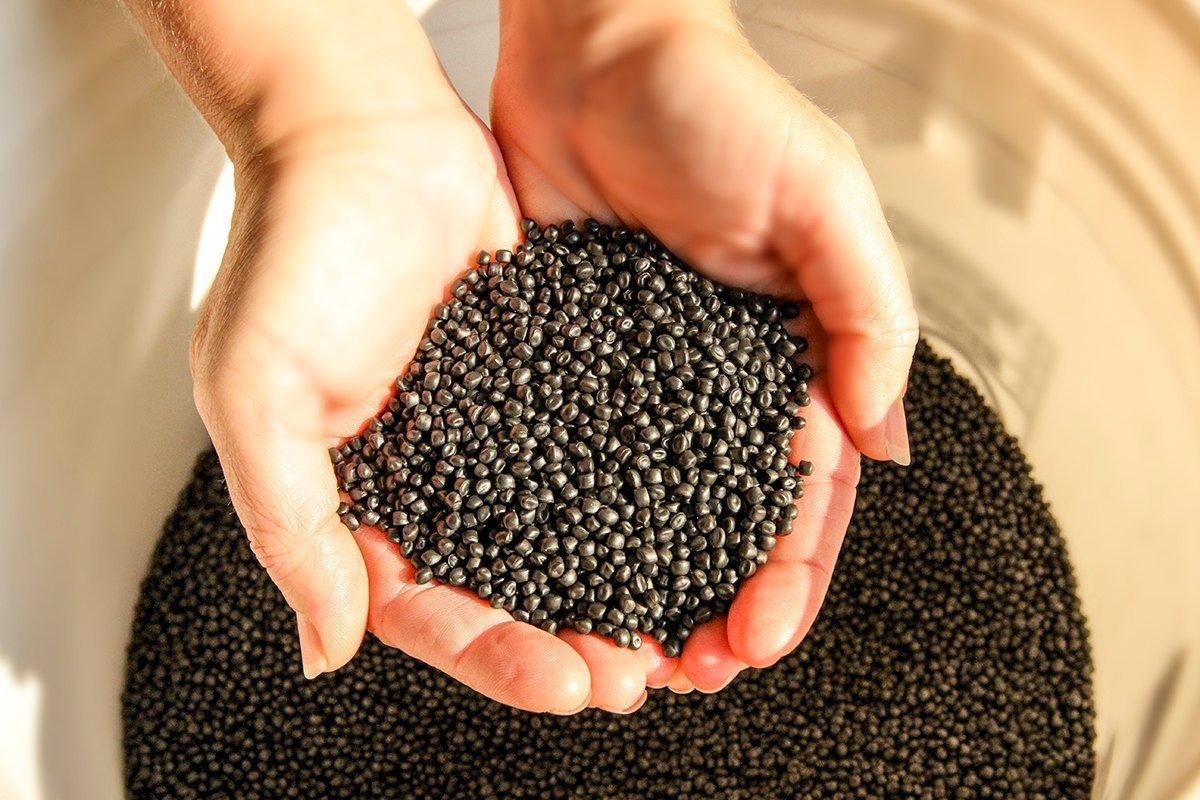IMARC Group’s “Thermoplastic Olefins (TPO) Manufacturing Plant Project Report 2025: Industry Trends, Plant Setup, Machinery, Raw Materials, Investment Opportunities, Cost and Revenue” report provides a comprehensive guide on how to successfully set up a thermoplastic olefins (TPO) manufacturing plant manufacturing plant. The report offers clarifications on various aspects, such as unit operations, raw material requirements, utility supply, infrastructural needs, machinery models, labour necessities, transportation timelines, packaging costs, etc.
In addition to the operational aspects, the report also provides in-depth insights into thermoplastic olefins (TPO) manufacturing process, project economics, encompassing vital aspects such as capital investments, project funding, operating expenses, income and expenditure projections, fixed and variable costs, direct and indirect expenses, expected ROI, net present value (NPV), profit and loss account, and thorough financial analysis, among other crucial metrics. With this comprehensive roadmap, entrepreneurs and stakeholders can make informed decisions and venture into a successful thermoplastic olefins (TPO) manufacturing unit.
What is Thermoplastic Olefins (TPO)?
Thermoplastic Olefins (TPO) are advanced polymer materials known for their durability, flexibility, and weather resistance, making them a preferred choice in a variety of applications. Comprising a blend of polypropylene, rubber, and other fillers, TPOs offer an ideal balance of rigidity and impact resistance. Widely used in automotive manufacturing, they are employed in bumpers, dashboards, and exterior trims due to their lightweight nature and enhanced thermal properties. TPOs are also gaining traction in construction for roofing membranes and other building materials, owing to their UV resistance and long-term performance.
Market Trend and Drivers of Thermoplastic Olefins (TPO):
The growing demand for lightweight and durable materials is a significant driver of the Thermoplastic Olefins (TPO) market. In the automotive industry, TPOs contribute to fuel efficiency and vehicle performance, aligning with the push for sustainable transportation solutions. The construction sector is also adopting TPOs for energy-efficient roofing systems that withstand harsh environmental conditions. Innovations in material science, such as improved recyclability and enhanced aesthetic options, are broadening their application scope. Additionally, the rise of electric vehicles and green building initiatives is further boosting demand for TPOs as manufacturers prioritize eco-friendly and high-performance materials. To sum up, advancements in processing technologies and the integration of TPOs in emerging sectors are expected to propel the worldwide Thermoplastic Olefins (TPO) market in the coming years, ensuring their role as a vital component in modern manufacturing and design.
Key Aspects to Setup a Thermoplastic Olefins (TPO) Plant:
- Location to Setup Plant
- Market Research
- Plant Layout
- Construction and Infrastructure
- Equipment/Machinery Procurement
- Documentation and Licenses
- Cost Analysis
Requirements to Setup a Facility:
- Funds
- Machinery
- Lands BBQ Seasoning
Types of Costs to Setting up a Thermoplastic Olefins (TPO) Factory:
- Land, Location and Site Development Cost
- Plant Layout Cost
- Machinery Requirements and Costs
- Raw Material Requirements and Costs
- Packaging Requirements and Costs
- Transportation Requirements and Costs
- Utility Requirements and Costs
- Human Resource Requirements and Costs
Project Economics:
- Capital Investments
- Operating Costs
- Expenditure Projections
- Revenue Projections
- Taxation and Depreciation
- Profit Projections
- Financial Analysis
Key Questions Answered in the Report:
- How has the thermoplastic olefins (TPO) market performed so far and how will it perform in the coming years?
- What is the market segmentation of the global thermoplastic olefins (TPO) market?
- What is the regional breakup of the global thermoplastic olefins (TPO) market?
- What are the price trends of various feedstocks in the thermoplastic olefins (TPO) industry?
- What is the structure of the thermoplastic olefins (TPO) industry and who are the key players?
- What are the various unit operations involved in a thermoplastic olefins (TPO) manufacturing plant?
- What is the total size of land required for setting up a thermoplastic olefins (TPO) manufacturing plant?
- What is the layout of a thermoplastic olefins (TPO) manufacturing plant?
- What are the machinery requirements for setting up a thermoplastic olefins (TPO) manufacturing plant?
- What are the raw material requirements for setting up a thermoplastic olefins (TPO) manufacturing plant?
- What are the packaging requirements for setting up a thermoplastic olefins (TPO) manufacturing plant?
- What are the transportation requirements for setting up a thermoplastic olefins (TPO) manufacturing plant?
- And more…
Other Reports:
https://empireadda.com/prefeasibility-report-on-a-dap-manufacturing-plant-2025/
How IMARC Can Help?
IMARC Group is a global management consulting firm that helps the world’s most ambitious changemakers to create a lasting impact. The company provide a comprehensive suite of market entry and expansion services. IMARC offerings include thorough market assessment, feasibility studies, company incorporation assistance, factory setup support, regulatory approvals and licensing navigation, branding, marketing and sales strategies, competitive landscape and benchmarking analyses, pricing and cost research, and procurement research.
Services:
- Plant Setup
- Factoring Auditing
- Regulatory Approvals, and Licensing
- Company Incorporation
- Incubation Services
- Recruitment Services
- Marketing and Sales
Contact Us:
IMARC Group
134 N 4th St. Brooklyn, NY 11249, USA
Email: sales@imarcgroup.com
Tel No:(D) +91 120 433 0800
United States: +1-631-791-1145



